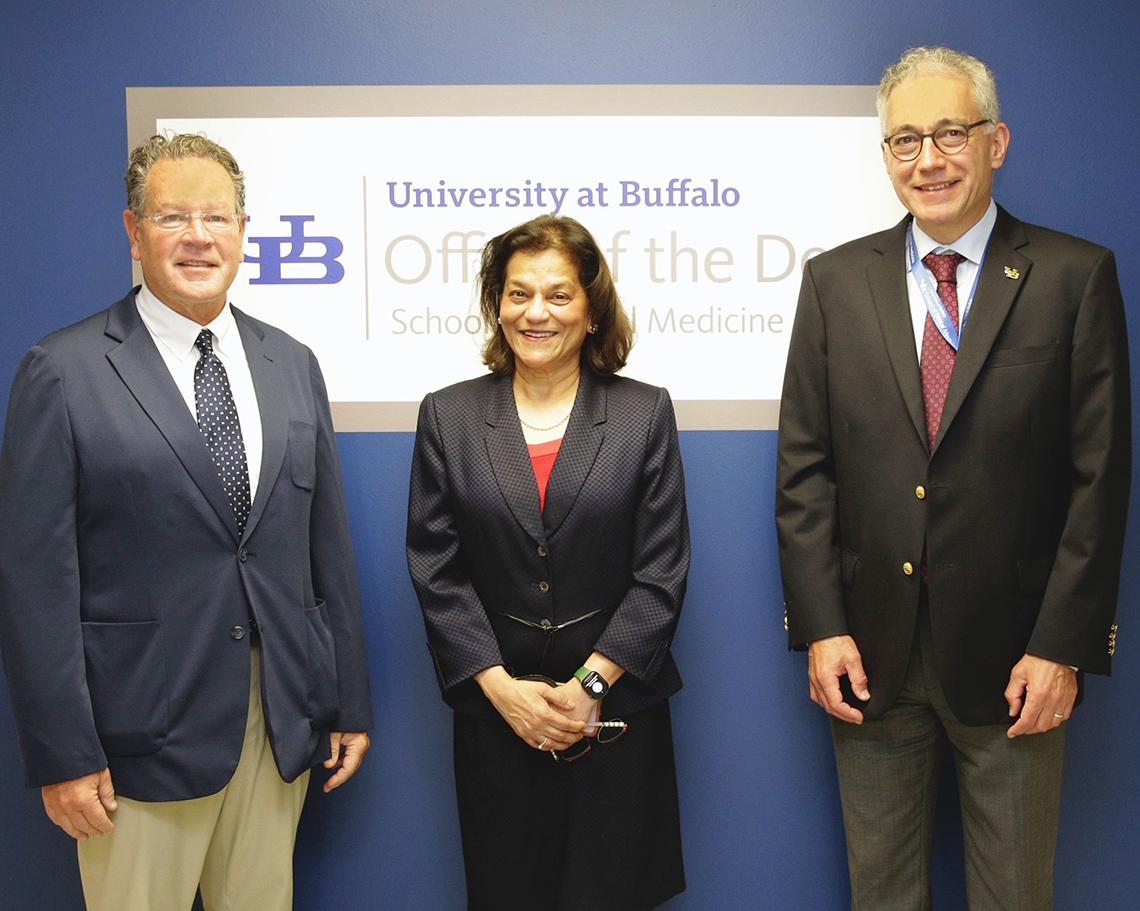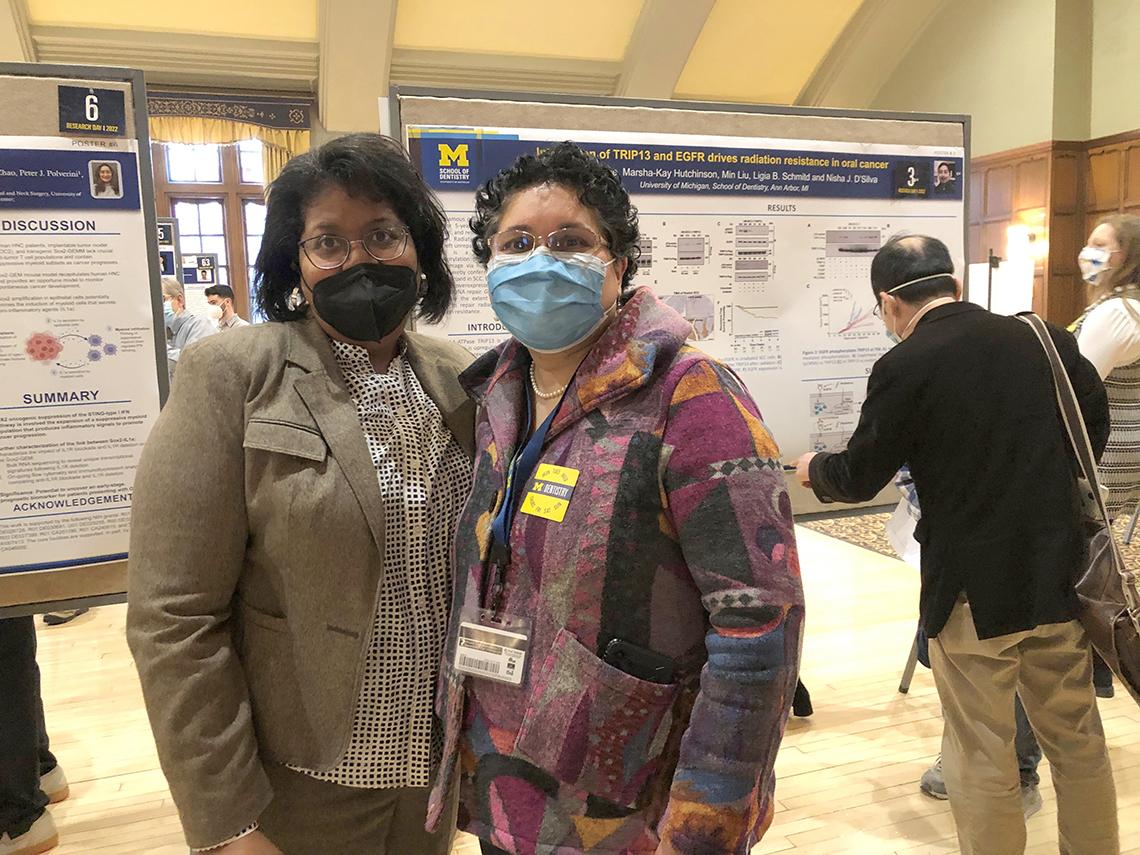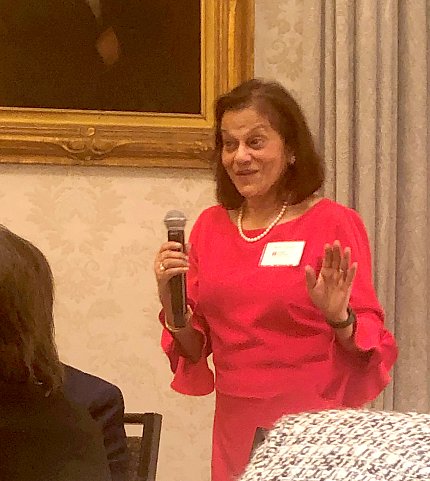On the Road with NIDCR—Communicating Advances, Challenges in Oral Health

If a comprehensive report on America’s oral health is released, but health professionals don’t hear about it, does it make a sound? Can they respond to it if they don’t hear about it? Rather than pondering those questions, NIDCR leadership hit the road to meet with students, researchers, health care professionals and public health practitioners to talk about Oral Health in America: Advances and Challenges.
The report, released in late 2021, covers the past 20 years of oral health in the United States and provides a road map for improvement.
Compiled and reviewed by NIDCR and a multidisciplinary team of more than 400 experts, it draws on information from public health research and evidence-based practices.
The document reveals that even before the pandemic, there were plenty of challenges for the oral health of the nation.
“The people I’ve talked to—researchers, public health officials, and oral health professionals—are looking for ways to take ownership of our oral health challenges,” said NIDCR director Dr. Rena D’Souza. “There’s great enthusiasm for contributing to good public health and good oral health.”

According to the report, disparities in health and health care access continue to exist and result from many factors, including socioeconomics, race and ethnicity and age.
“There is a clear interest in disparities,” among the report’s audience, said NIDCR deputy director Dr. Jennifer Webster-Cyriaque. “There is also an appreciation of the report’s comprehensive nature, as it shares the status of dental, oral and craniofacial disorders across the lifespan and provides insights into emerging science and technology. Importantly, it provides a lens such that across the country individuals can see how they may be able to help in some way through the research that they do or the care that they provide.”
Since mid-January, D’Souza, Webster-Cyriaque and Dr. Renée Joskow, senior advisor to the NIDCR director, have reached thousands of people through presentations focusing on the report in venues ranging from dental schools, state and county health summits, and partner and professional organization meetings. The leadership team has presentations scheduled through the end of the year.

“It’s been an incredible experience hearing stories from the field and sharing what we’ve learned about the state of oral health [in] the nation,” according to Joskow, “The level of interest and excitement is palpable.”
A common observation among NIDCR leadership was that the presentations accomplished more than getting NIDCR’s own messages out; they were great opportunities to hear from others in the oral health community.
“This forum allows firsthand feedback and sharing of views, particularly on workforce and individual community needs,” observed Webster-Cyriaque.
“I joined NIDCR as director right in the middle of the pandemic, so it’s exciting to be out meeting people in person,” remarked D’Souza. “Traveling gives us a window to the outside world [and our] presentations give us access to a plethora of people, all of whom have something unique to offer.”
